As responsible travelers evolve, so do the stories we share.
This article is part of our living archive — trusted content we continue to care for.
First published on February 4, 2019 • Last updated on February 5, 2019.
The Copalinga Lodge and Reserve has been on my bucket list since we first lived in Quito. It’s a little-known destination beloved by avid birdwatchers and scientists interested in studying the flora and fauna of the mid-altitude tropical forests of southern Ecuador. Visitors fall in love, spreading Copalinga’s reknown by word of mouth. Despite its popularity with a niche market, we booked a room fairly last minute during the high season with no problems.
Copalinga Is Under New Management
Founded in 1999 by Belgian Expats Catherine Vits and Boudewijn de Roover, the Copalinga Lodge is located on a 370-acre reserve of tropical-forested foothills adjacent to the Ecuadorian Andes. The reserve protects many vulnerable bird species including the Grey Tinamou, the Ruddy Pigeon, the Military Macaw, the White-necked Parakeet, the Coppery-chested Jacamar, the Cerulean Warbler, the Foothill Elaenia, and two hummingbirds, the Ecuadorian Piedtail and the Little Woodstar. Alongside these species are hundreds more that populate the surrounding forest.
The land is also home to a species of ant named for the lodge, Leptanilloides copalinga, two species of endangered amphibians, the Napo Giant Glass Frog and the Condor Robber Frog, and many more species that, while not endangered, are definitely threatened by logging, mining, and agriculture.
In 2017, the Jocotoco Foundation, an Ecuadorian non-profit specializing in the protection of key endemic bird species, purchased the lodge and reserve with support from the Rainforest Trust. The Copalinga Lodge and Reserve joins Jocotoco’s well-established network of southern Ecuadorian birding lodges.
To make a direct reservation, simply contact Jocotours.
Our Trip to Copalinga
A couple of weeks ago, we spent three nights at Copalinga. Honestly, we could have happily spent more time exploring the area. The hiking trails are well-maintained, the rooms comfortable, and the meals were good. Having full board means we didn’t have to worry about where we were going to eat our next meal! And I loved sitting and watching the hummingbirds come to the feeders.
I was disappointed in only one point. I wanted to photograph the beautiful Spangled Coquette Hummingbird. Unfortunately, it hasn’t appeared at the lodge since last November. We double checked with the groundskeeper, Walter, who told us that this finicky hummingbird often stops visiting for months at a time only to return again with no fair warning. If you decide to visit for this hummingbird, you might want to double check the latest sightings on eBird. All eBird photos of this beautiful bird seem to have been taken in the dryer months of August through November.
My husband would have liked to see more birds. We decided not to hire a birding guide so that we could give an assessment of a more typical visit. The weather was wonderful, sunny and clear. As many of you know, great weather does not always make for the best naturalist experience. We do think we could have timed a few hikes better to take advantage of natural feeding patterns. Unfortunately, Walter’s days off coincided with the bulk of our visit and there was no one else to ask about where to spot the best birds. Having our own dedicated guide would have fixed that. However, we have also learned that birding guides are far and few between in the south and our budget did not include travel costs for bringing a guide from up north.
Despite our disappointments, we did see some beautiful species and managed to photograph a few of the best! Read on!
The Feeders at Copalinga
Like most birding lodges, Copalinga offers treats to attract birds. There are several hummingbird feeders posted at equal heights along the forest edge bordering the outdoor dining room. January is the equivalent to spring, with native flowers beginning to bloom. Therefore, the feeders offered scant attraction compared to the wild nectar in the surrounding forest. During our visit, the most photogenic hummingbirds at the feeders were the Violet-fronted Brilliant, the Fawn-breasted Brilliant, the Fork-tailed Woodnymph, and the Black-throated Brilliant.
Next to the hummingbird feeders are two platforms that hold bananas. These feeders attract colorful birds like the tanagers and honeycreepers as well as larger species like the Speckled Chachalaca and the Sickle-winged Guan. These later two are somewhat like our wild-turkeys in the United States.
However, the most surprising visitor was a non-bird species – the Ring-tailed Coati, a long-nosed, thick-tailed mammal with reddish fur and an inquisitive face. He came to snatch bananas one evening and decided to make a return visit for breakfast the next morning. Supposedly this gorgeous animal is a regular visit and has been lovingly named Juan Jose. He made for a very patient subject but I made sure not to get to close. Just check out those long claws and sharp teeth in the pictures below!
The Gardens at Copalinga
About 90% of Copalinga remains primary or secondary forest. But the main grounds around the lodge are gardens and recovered farmland. The gardens include several fruiting trees which attract fruit eaters like parrots, toucans, and aracari. We arrived just before the guabas were fully ripe but we did see a pair of White-necked Parakeets that were testing out the yet ripe fruit. We also saw Crested Oropendola, Paradise Tanagers, and the common but striking Blue and Gray Tanagers with their white-barred wings. Lucky visitors who show up when the trees are in full fruit may also get to see Capuchin Monkeys coming to feast on the ripe crop.
The pathways along the gardens leading to the cabins are lined with the prolific purple-flowering verbena, a hummingbird magnet. There we were able to spot the Violet-headed Hummingbird, the Sparkling Violetear, and the Golden-tailed Sapphire. Rumor has it that the Spangled Coquette frequents these flowers in the right season.
The gardens also include a small collection of native orchids. I searched carefully among the leaves as many of the best orchids are tiny and well hidden. No matter the time of year, at least a couple of species will be in bloom. However, depending on the amount of rainfall from December through March, most orchids bloom in April and May. A little higher up in Podocarpus National Park, where they have a larger orchid garden, the park ranger told us that the best months are May and June. If I was an orchid-lover extraordinaire, I would plan my trip for May!
The Trails at Copalinga
There are several good hiking trails at Copalinga. We were happy to find a trail map and trail descriptions in our cabin. That made it easier for us to plan our days. We were grateful not to have to wear rain boots, as is often recommended in Ecuador. Our hiking boots managed the trails perfectly well.
We spent one morning hiking the Blue Trail before breakfast. Although we heard many birds, the dim morning light made it difficult to spot them in the tree canopy. Fellow visitors hiked this same trail in the afternoon and saw several great birds, all without a guide.
Our favorite trail ended up being the Orange Trail. We loved that as the trail climbed, we looked out into the tree canopy at birds dancing among the branches. We really appreciated the bench a little ways up the trail just past the last cabins. It made for a great place to listen to birdsong.
Each evening, this trail closes as the staff places dried corn to attract the Gray Tinamou. This bird is usually very difficult to see. However, at Copalinga, it almost always comes to enjoy the free meal. Photographers and birdwatchers wait behind a wooden blind and watch this butterball of a ground bird peck at strewn seed. On our visit, she was accompanied by her latest brood, three well-fledged chicks, one who was brave enough to walk right up to the blind. We thought he might come around the corner but he seemed wary enough to avoid going that far!
The same feeder also attracts the Orange-billed Sparrow, the White-tipped Dove, and the raucous Green Jay, one of my favorite birds in all of Ecuador. Sometimes called the Inca Jay, this colorful bird has striking bright blue feathers that stand out on his his black face and a stunning gold body with olive green wings and tail. Surprisingly, he is fairly well-camouflaged in the dense forests so it was a pleasure to photograph him coming to check out the corn.
On our next visit, we hope to hike more trails and see more birds. In fact, we think arriving August through September will increase the likelihood of seeing more hummingbirds. We will also shoot to visit Monday through Friday so that we can take advantage of Walter’s knowledge about the trails and birds. Several other visitors told us of how helpful he was in making their stay a good one.
Location of the Copalinga Lodge and Reserve
To get to Copalinga, you first need to be in Southern Ecuador. We recommend either Cuenca or Catamayo as a starting point. Although there is a small airport in Zamora, it is no longer used on a regular basis. It is easy to arrange for a driver through Jocotours from either location or to rent a car if you are comfortable driving in Ecuador.
From Cuenca, the drive is approximately 5 hours if you take the route through Saraguro to Loja to Zamora. If you decide to take the road across the mountain via Sigsig to the E45, be warned that the paved road is incomplete. We traveled that highway and shared a single-lane gravel road across a high mountain pass with oncoming traffic. We obviously made the trip okay but it was a harrowing driving experience that we cannot recommend.
The quickest and easiest route is to fly into Catamayo, the airport about 45 minutes outside of Loja. The trip from Catamayo to Copalinga is about 2.5 hours. Plan on taking more time if the weather is foggy or rainy as this road can be more dangerous in inclement weather.

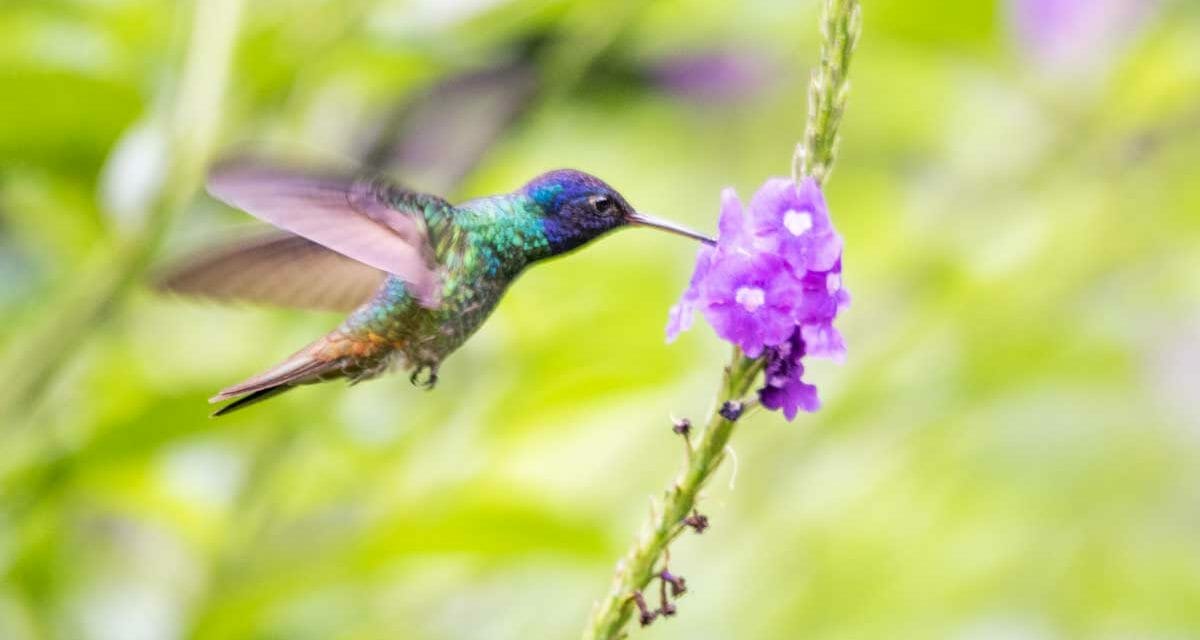
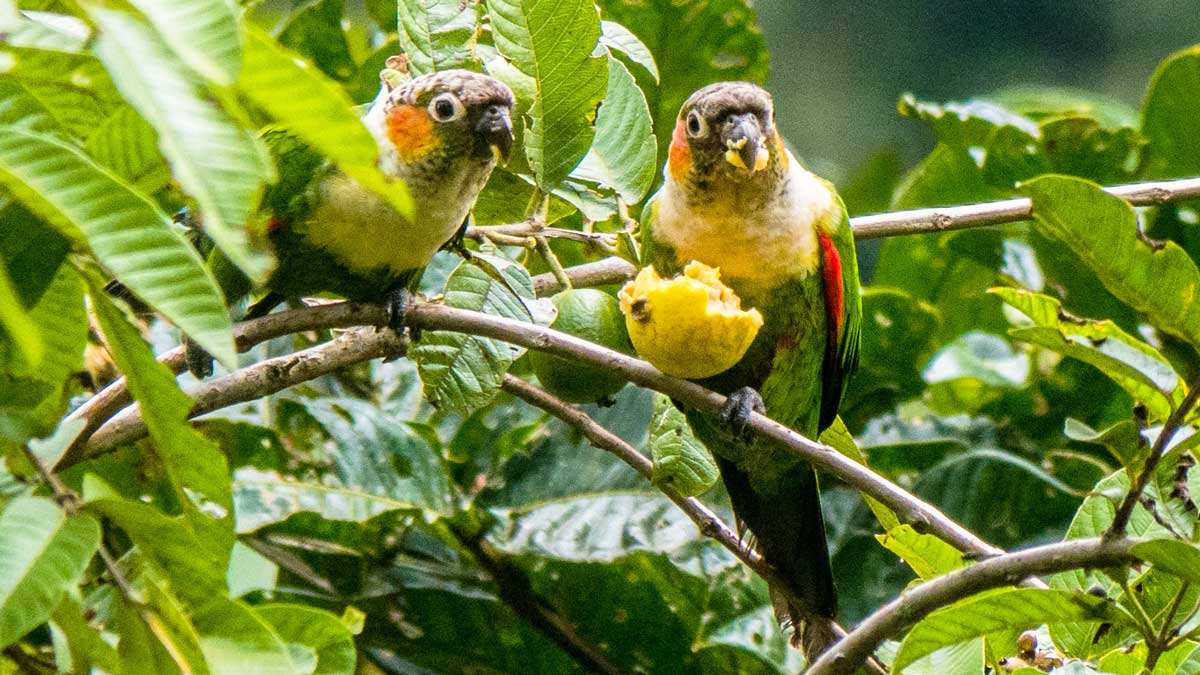
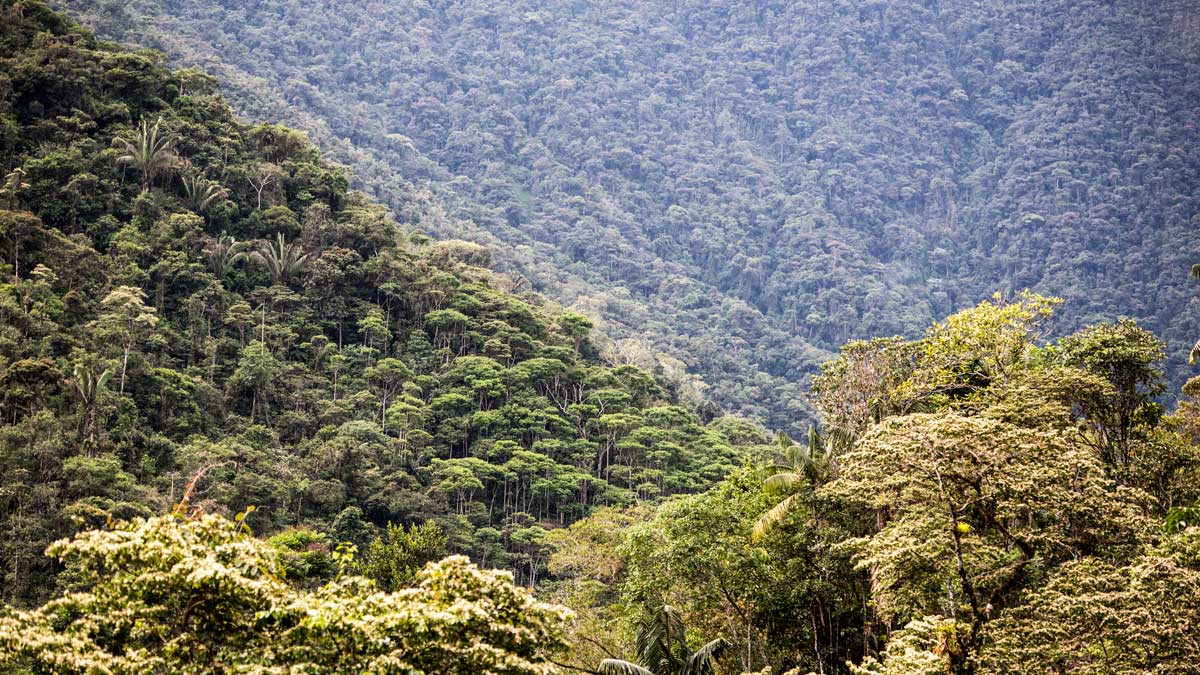
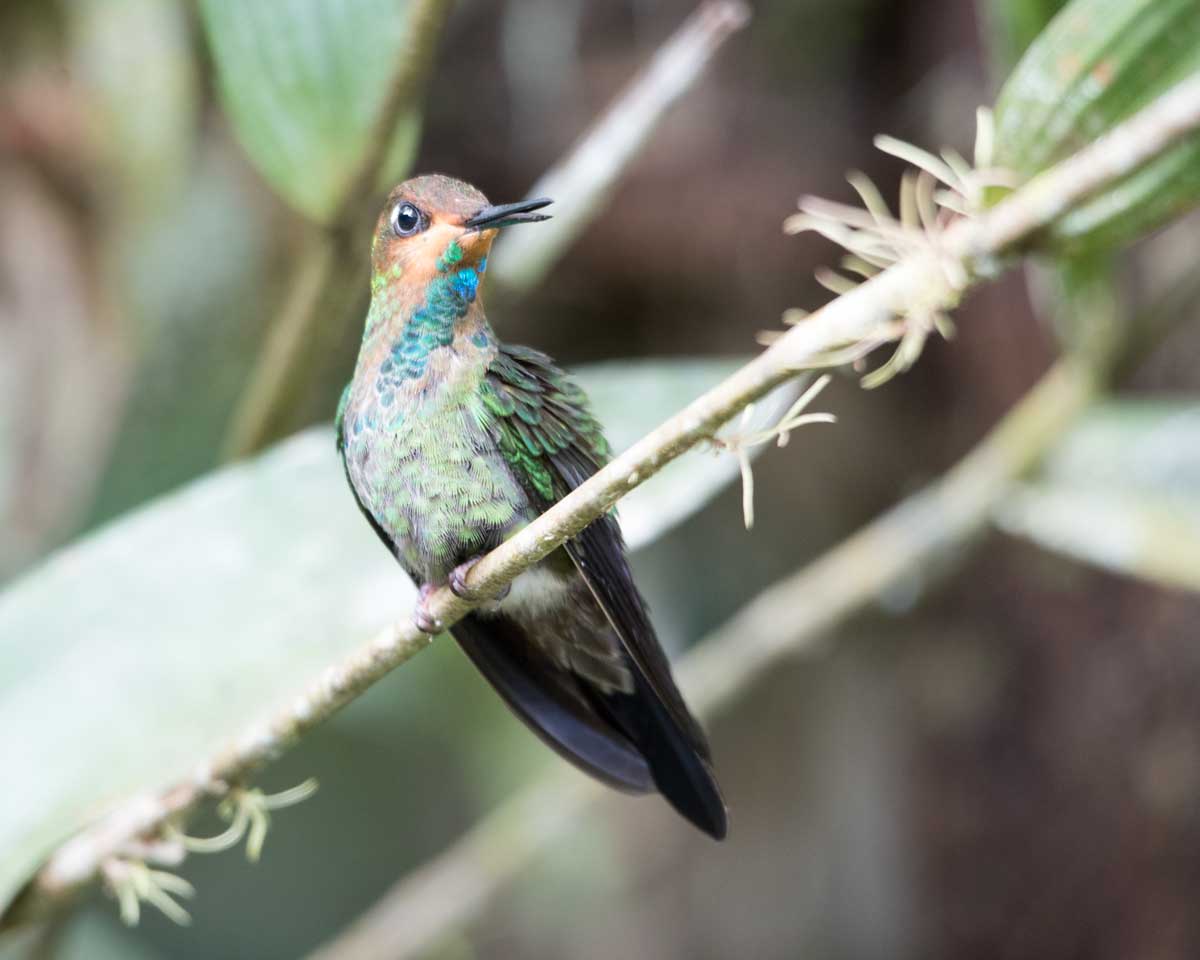
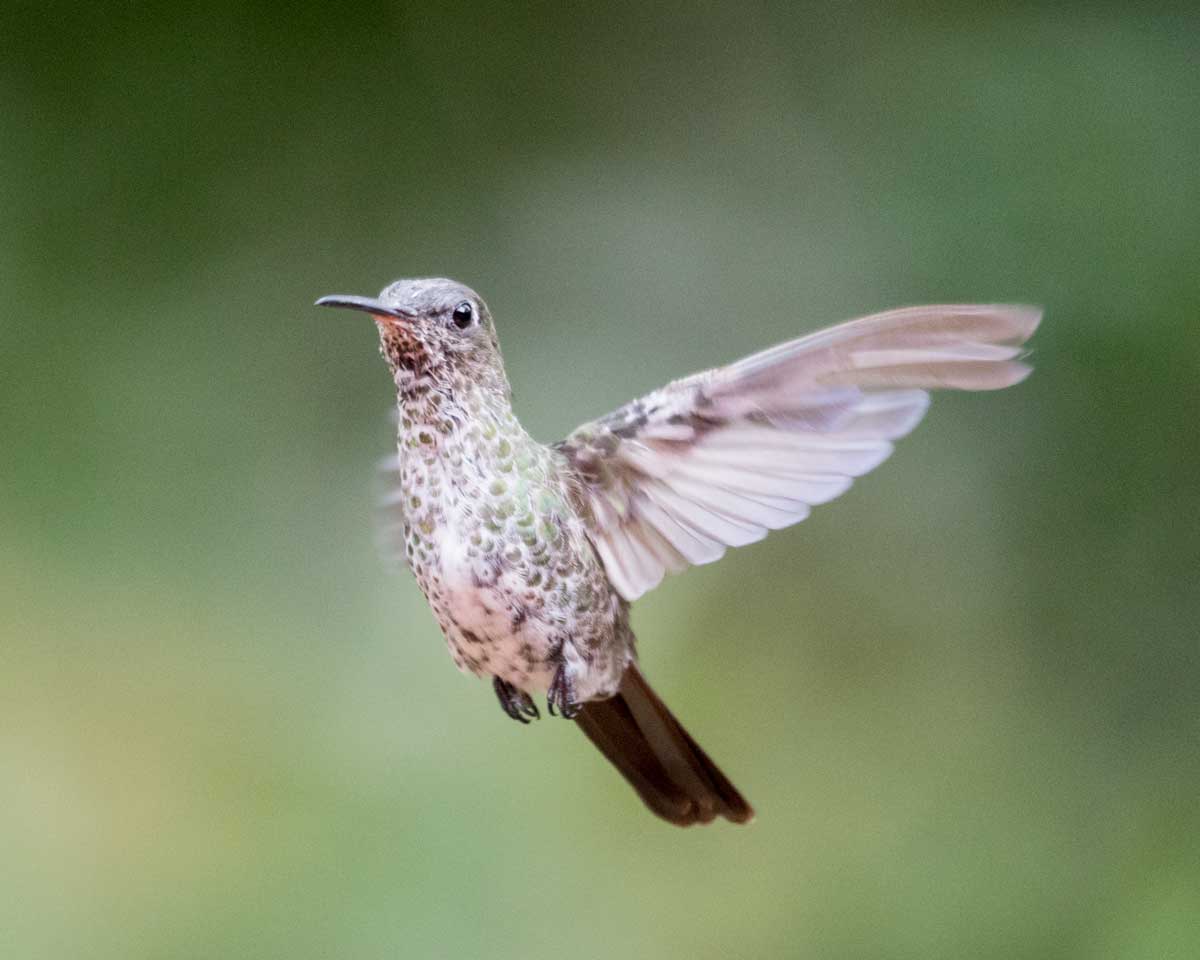
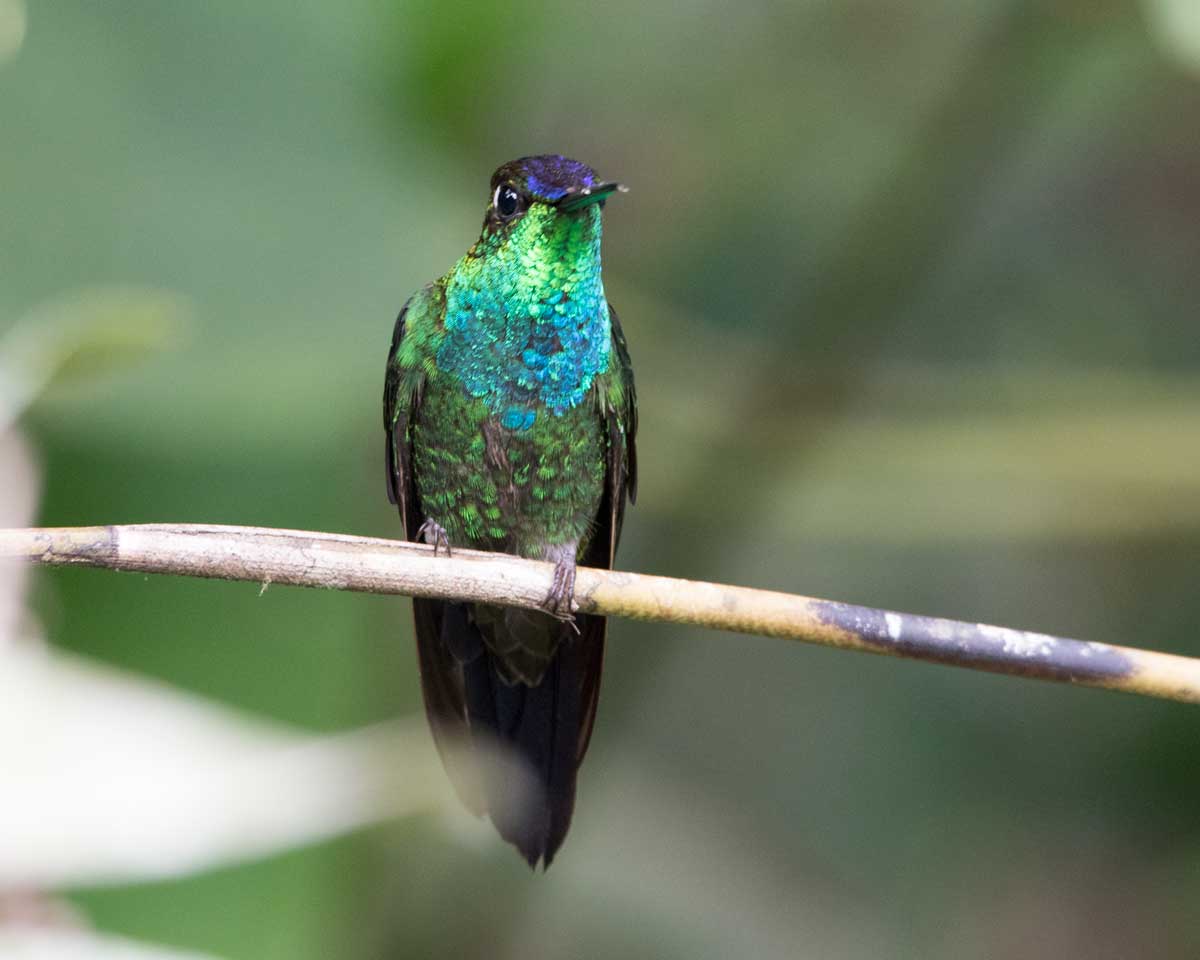


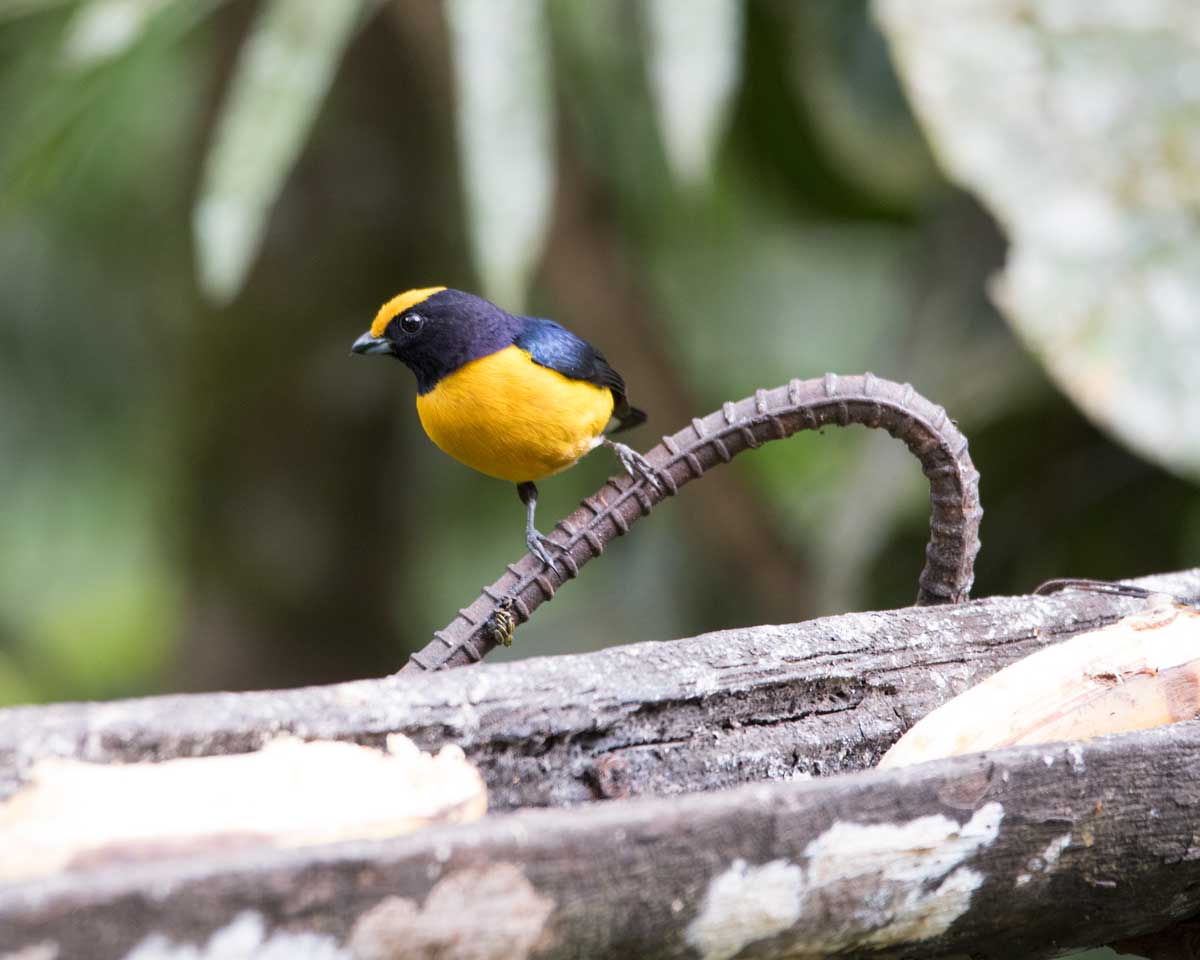
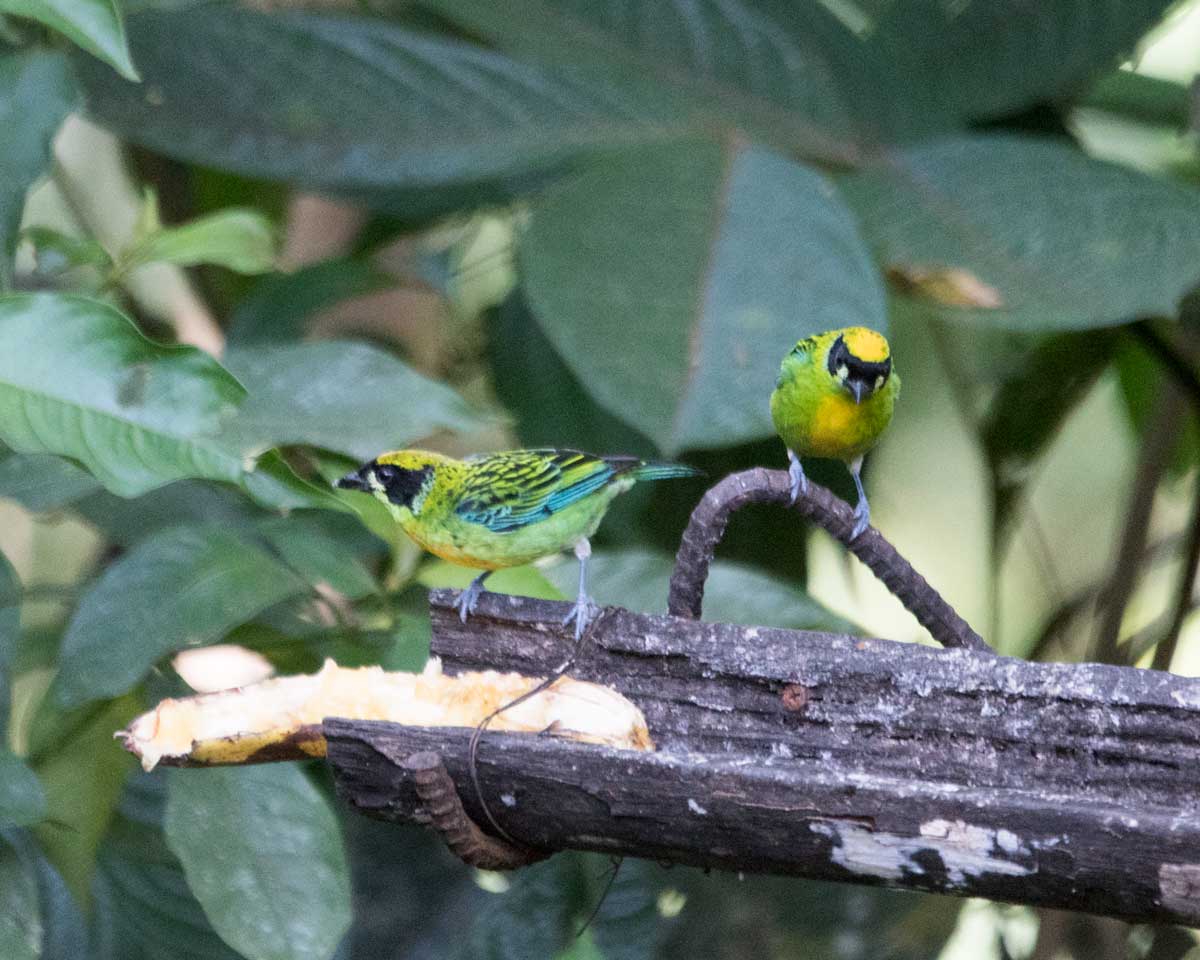
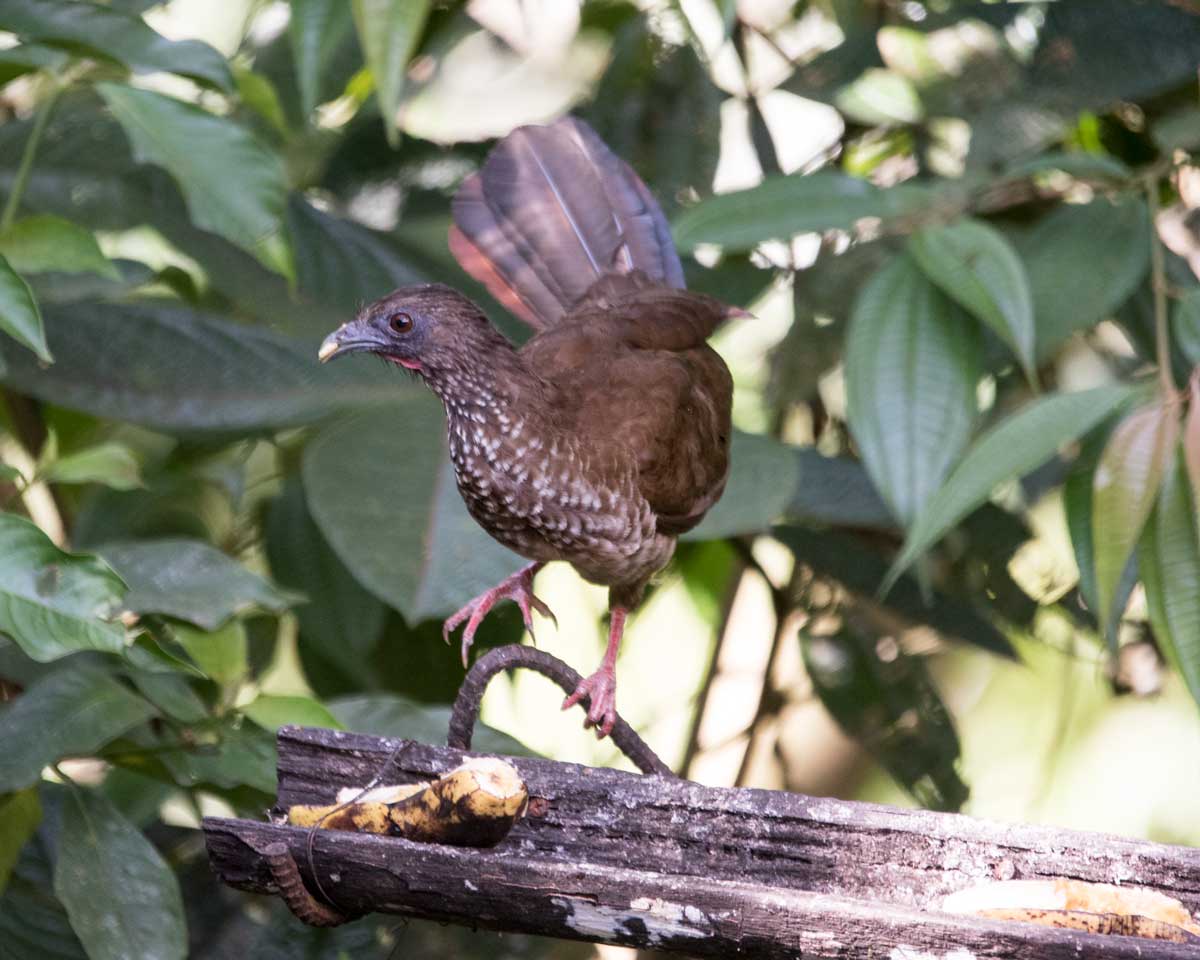
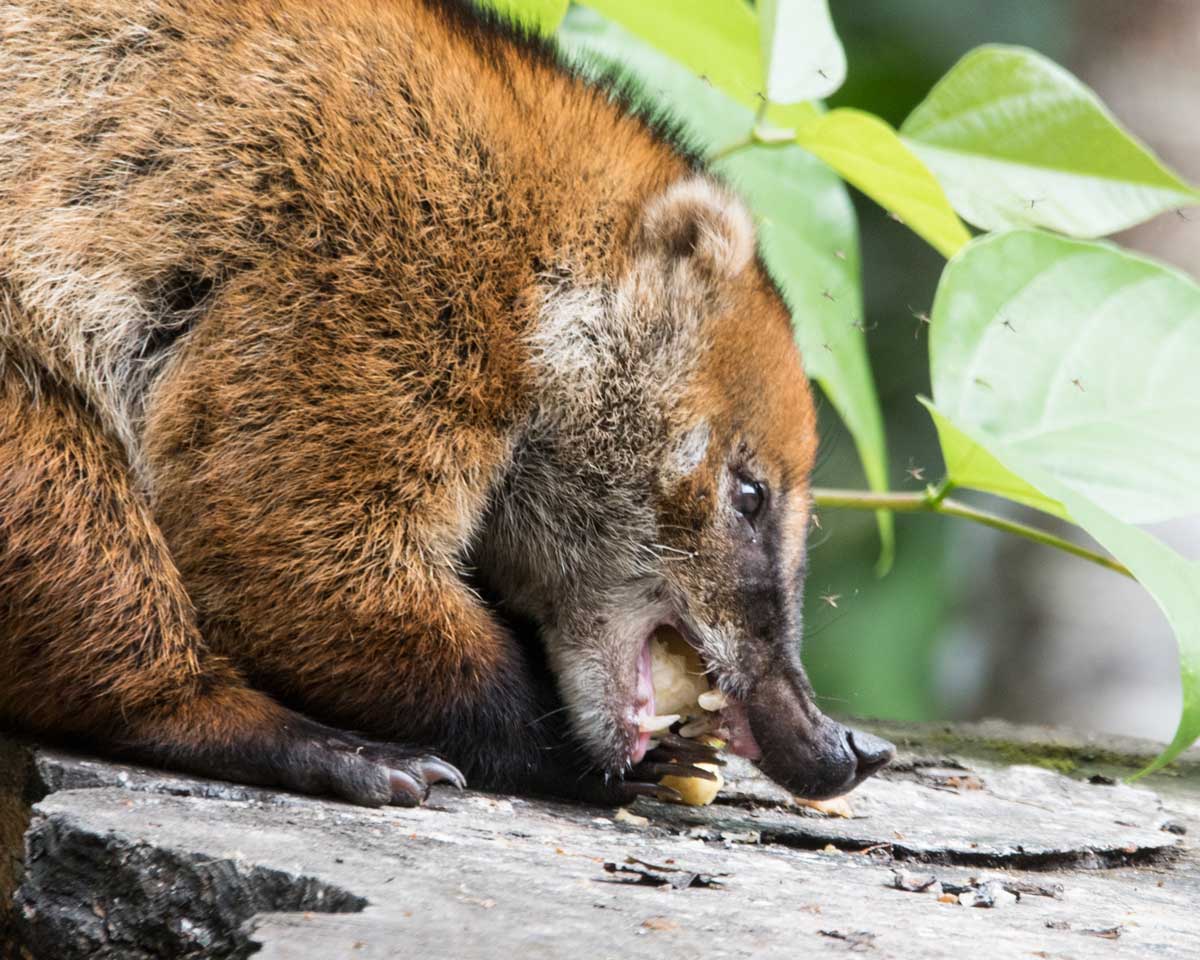
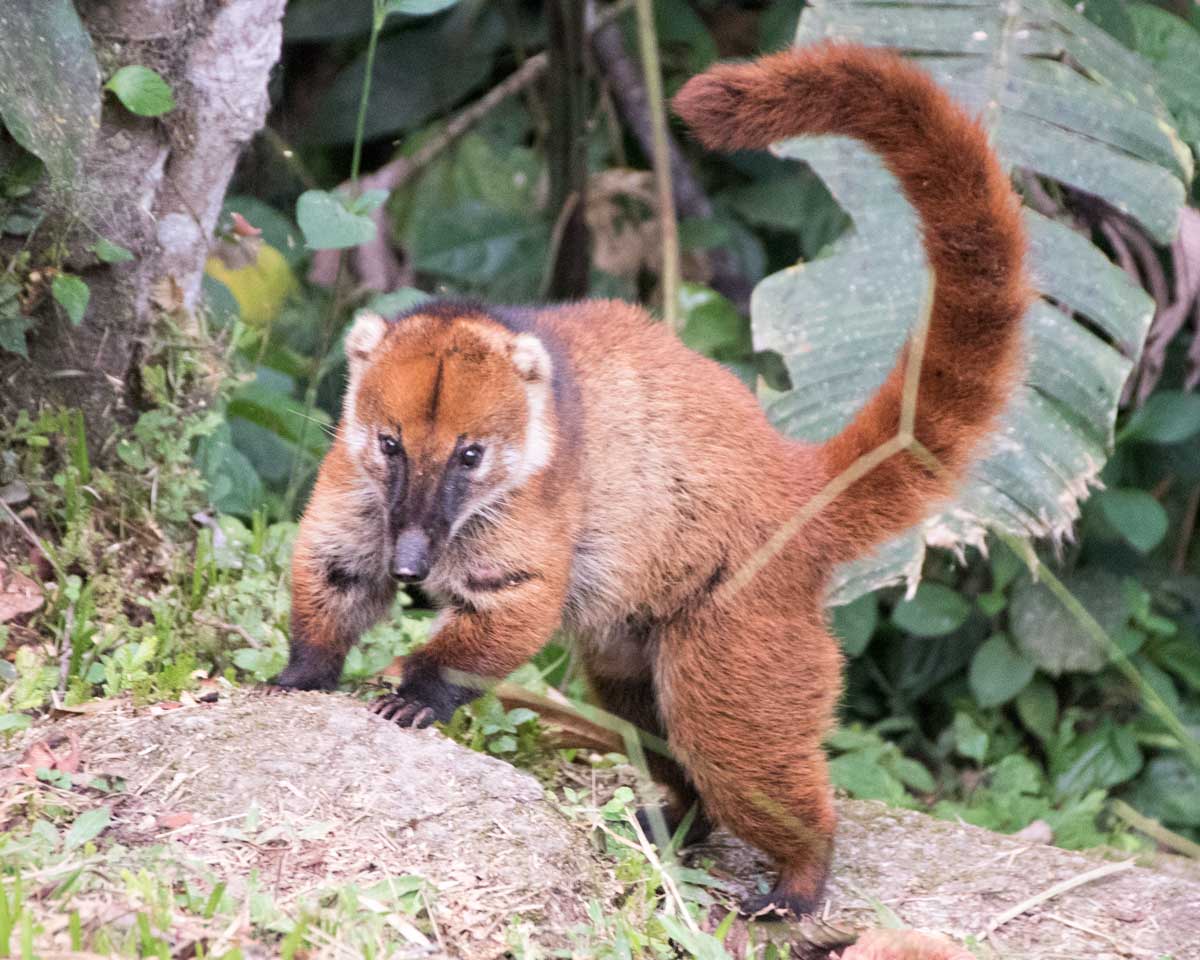
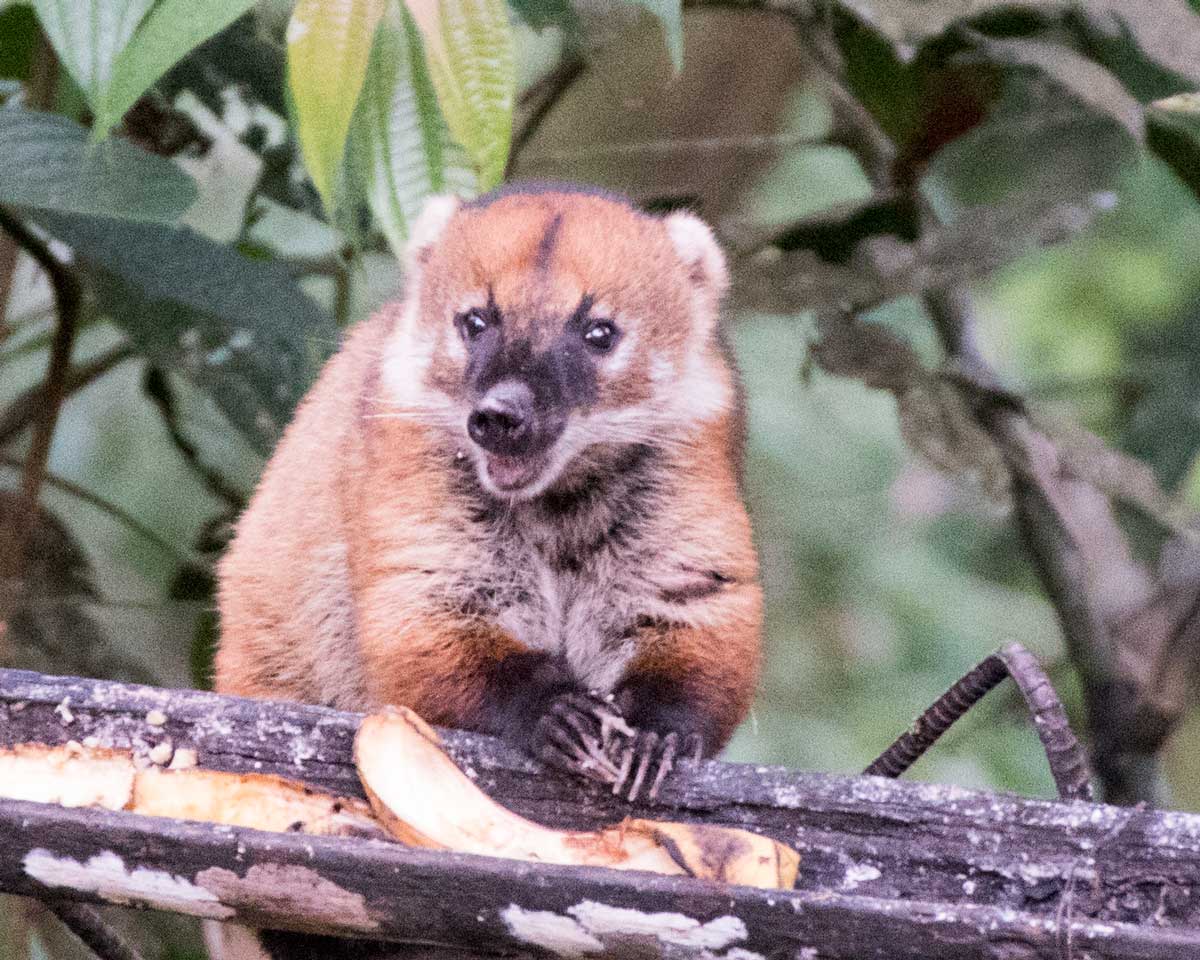

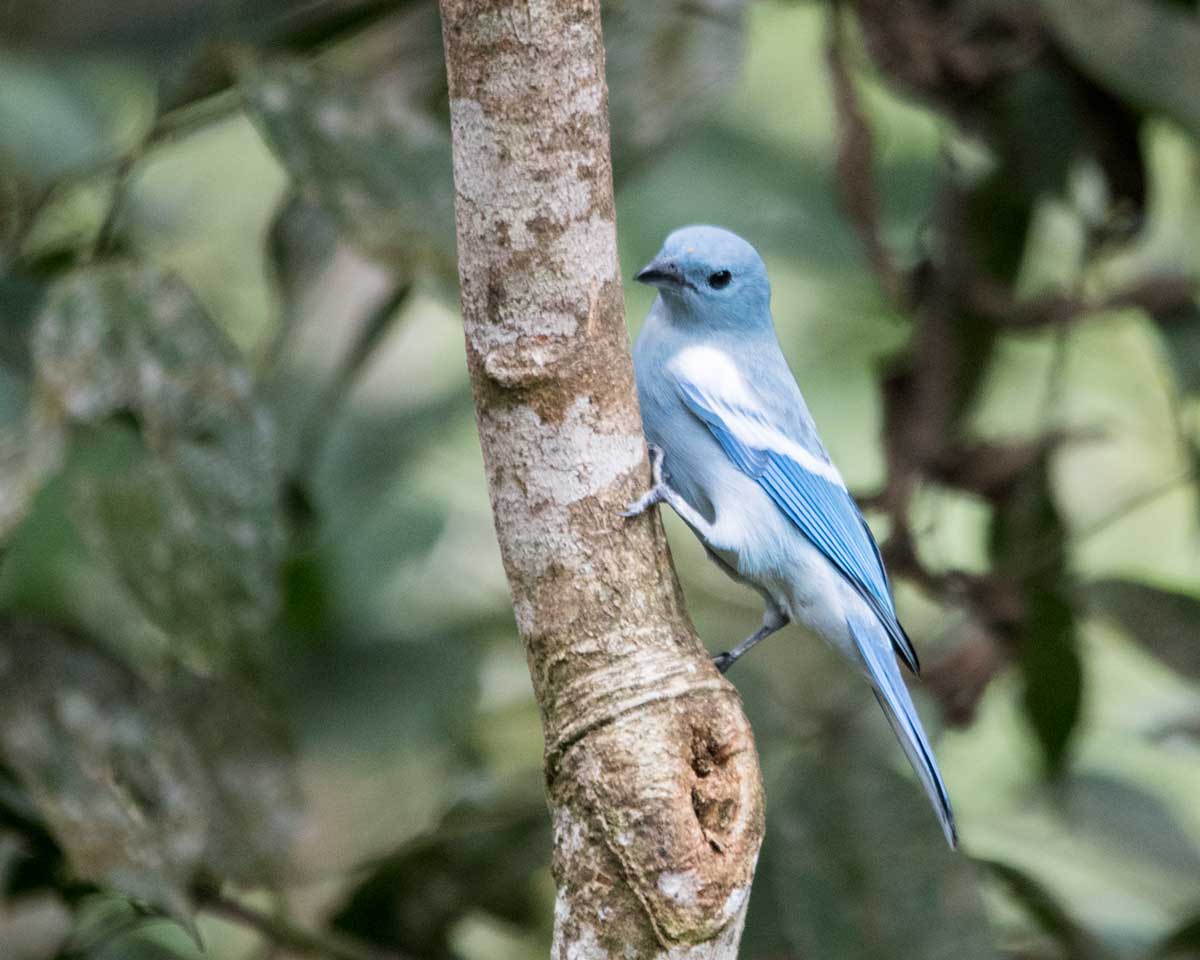

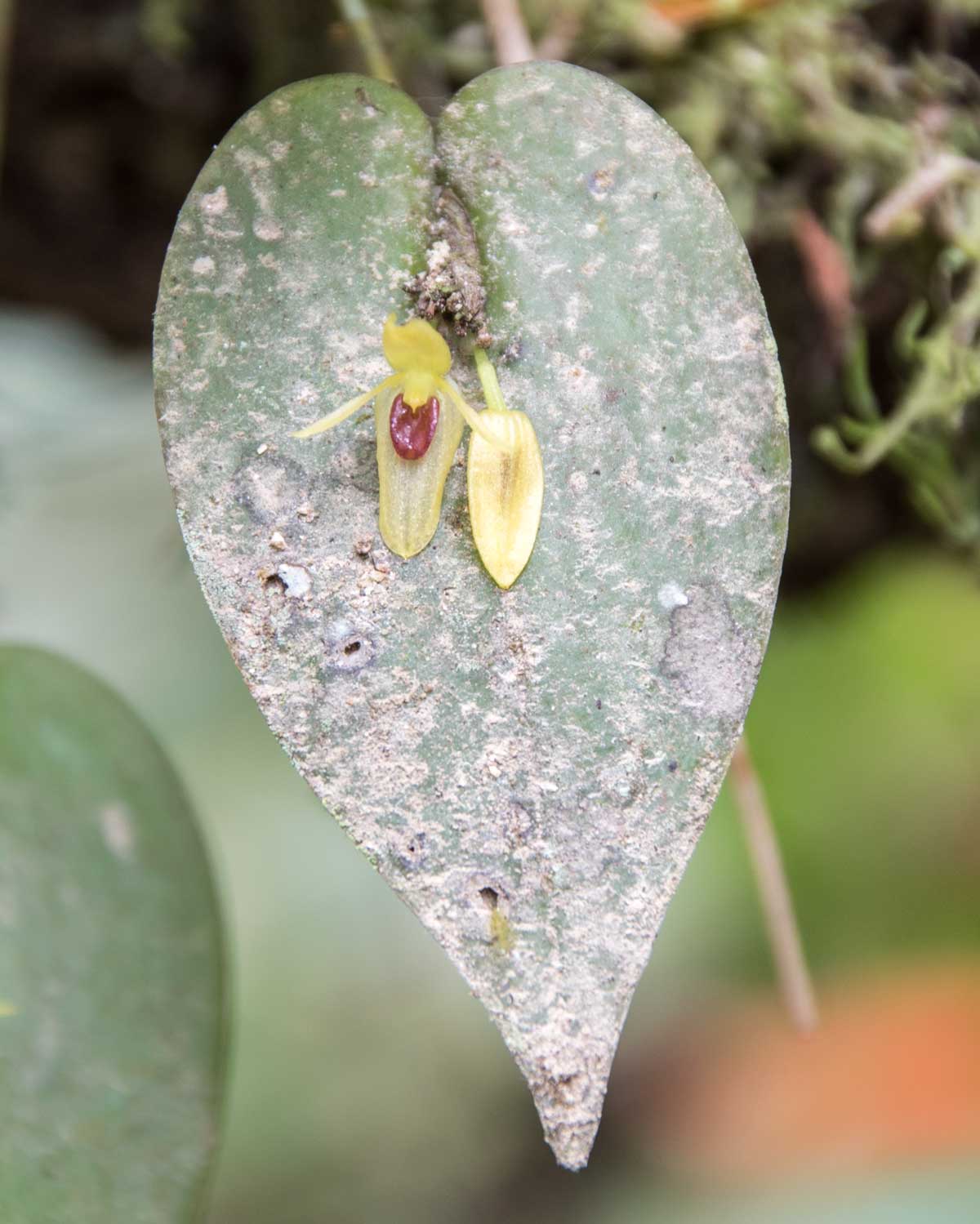
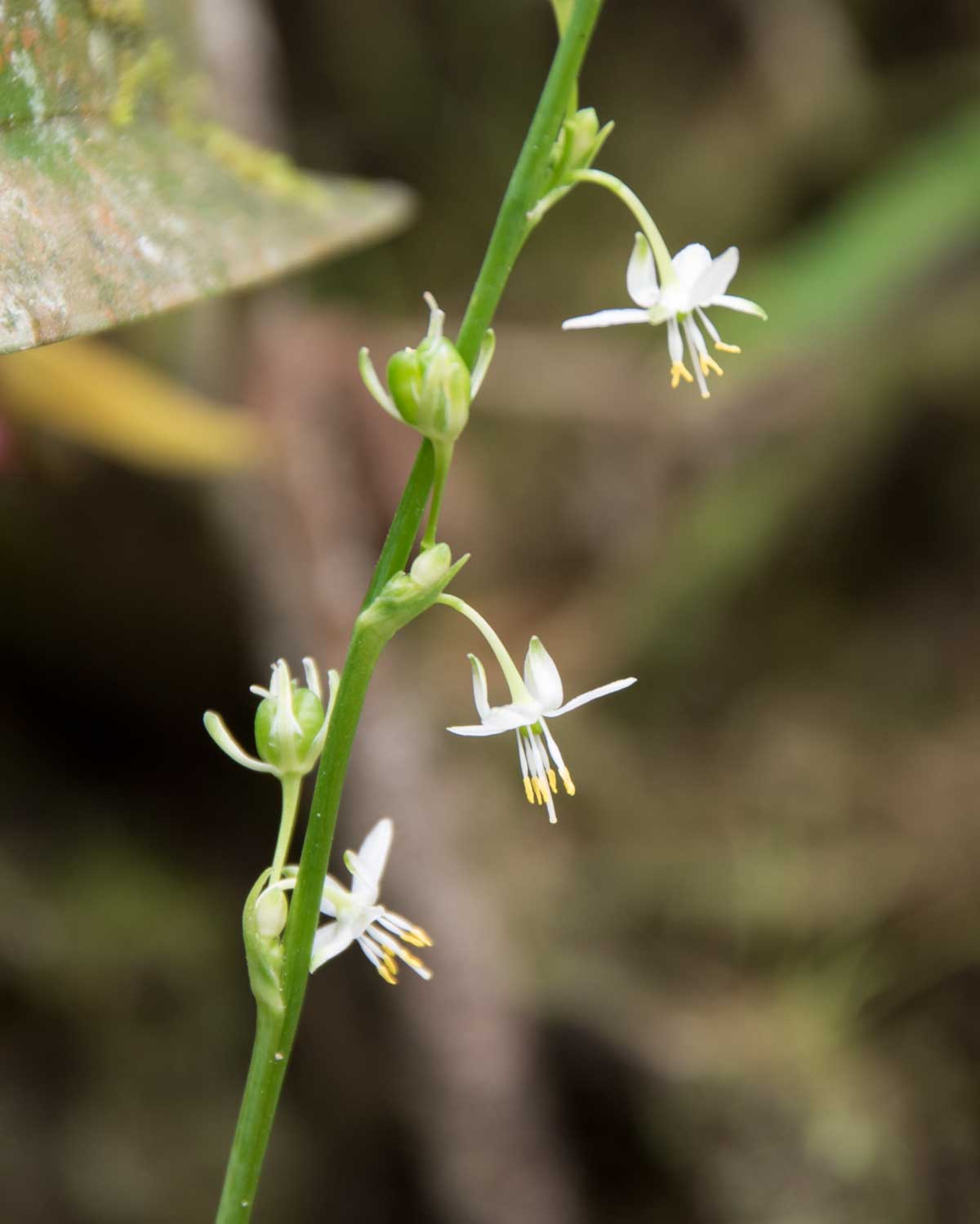
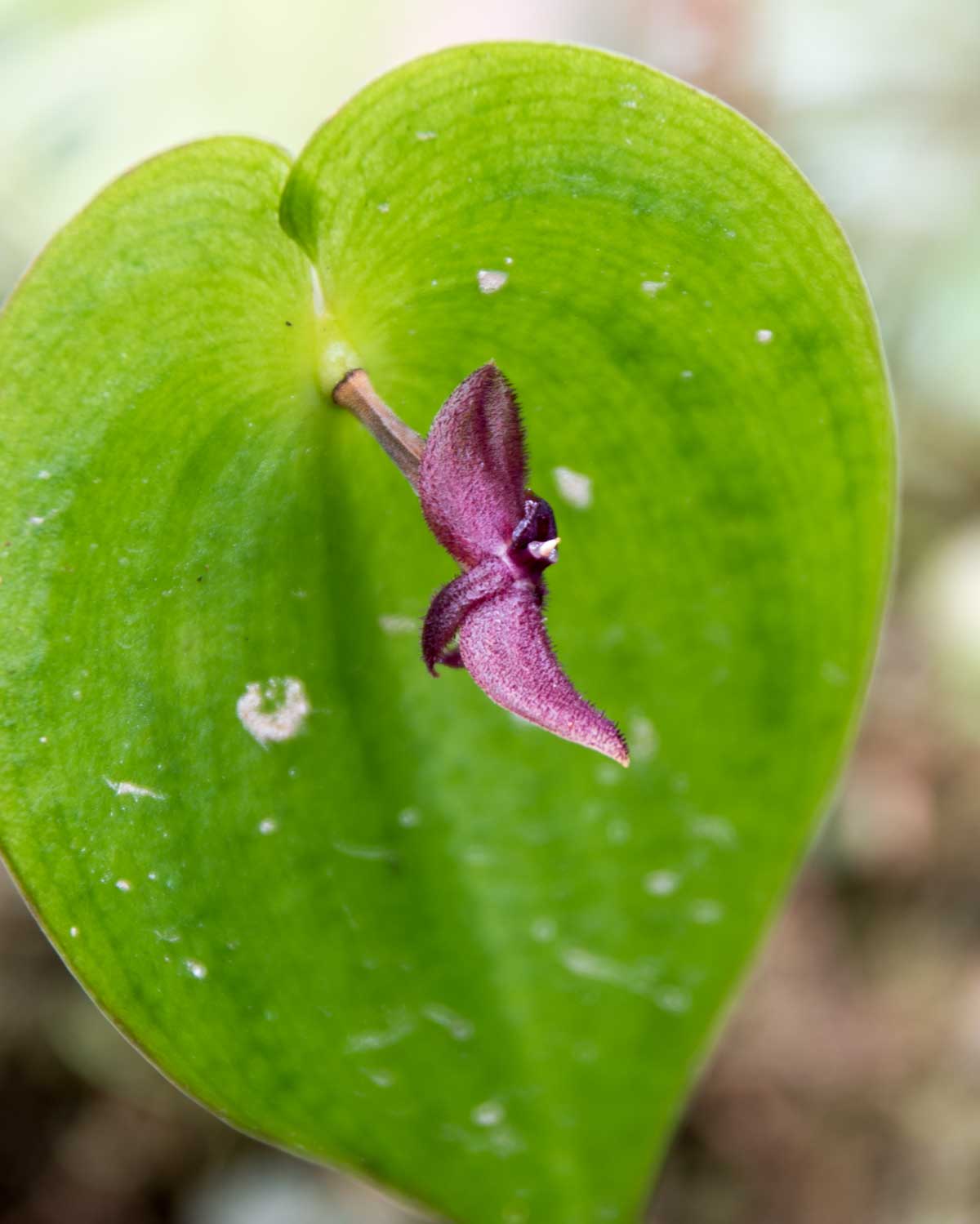
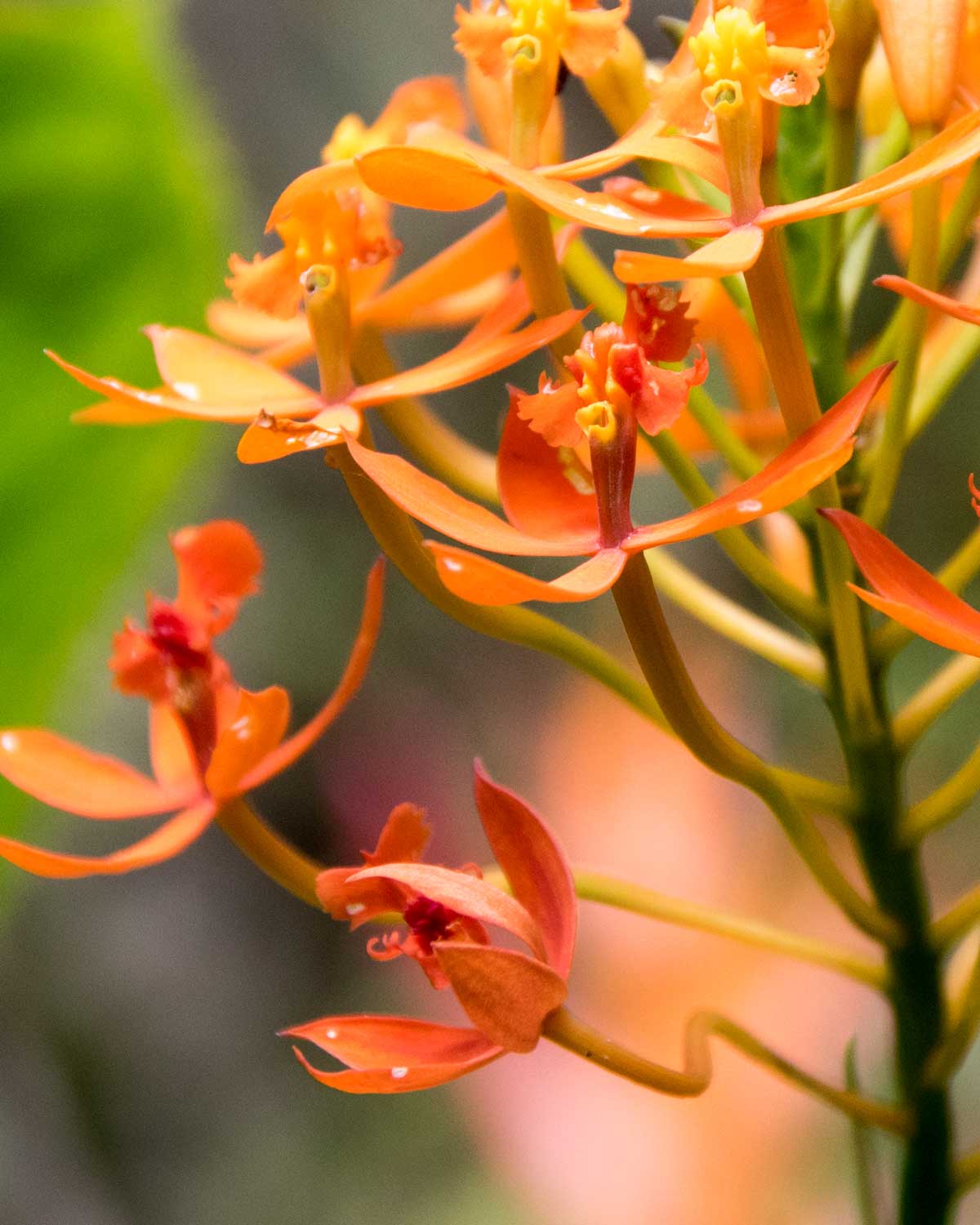

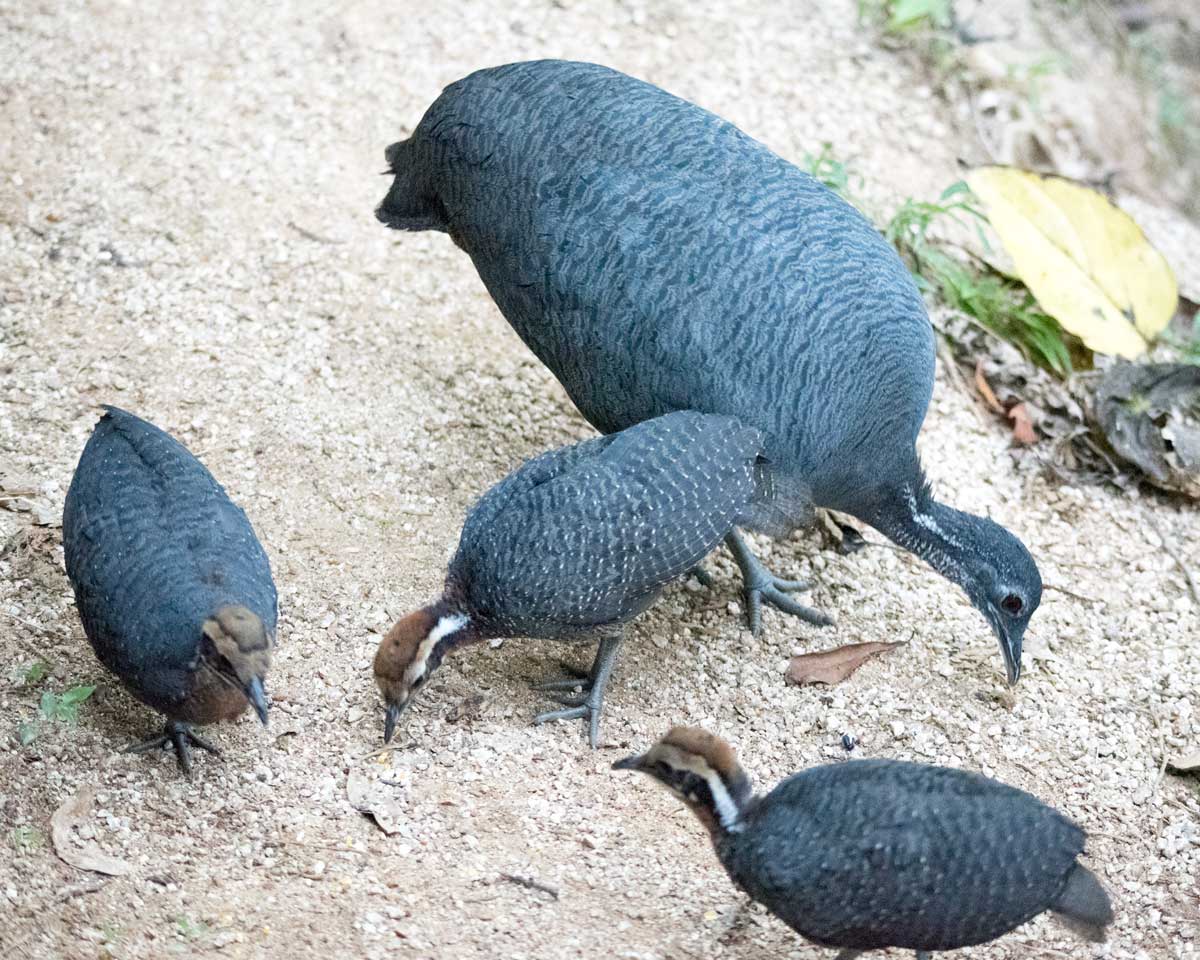

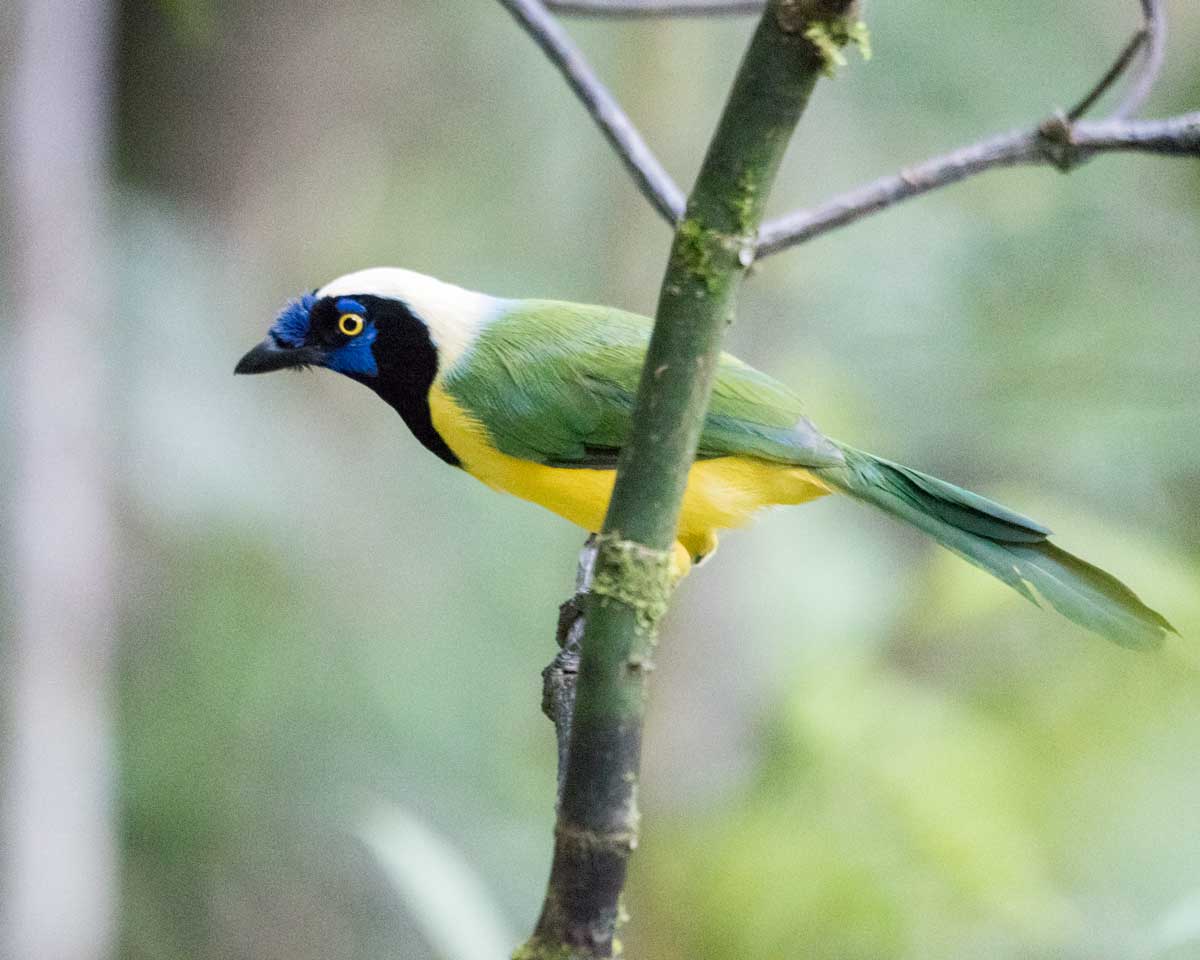
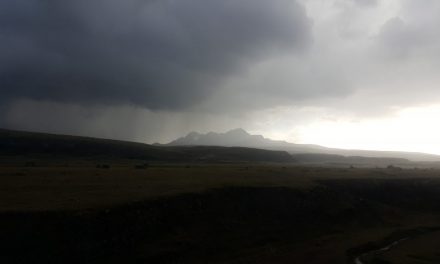


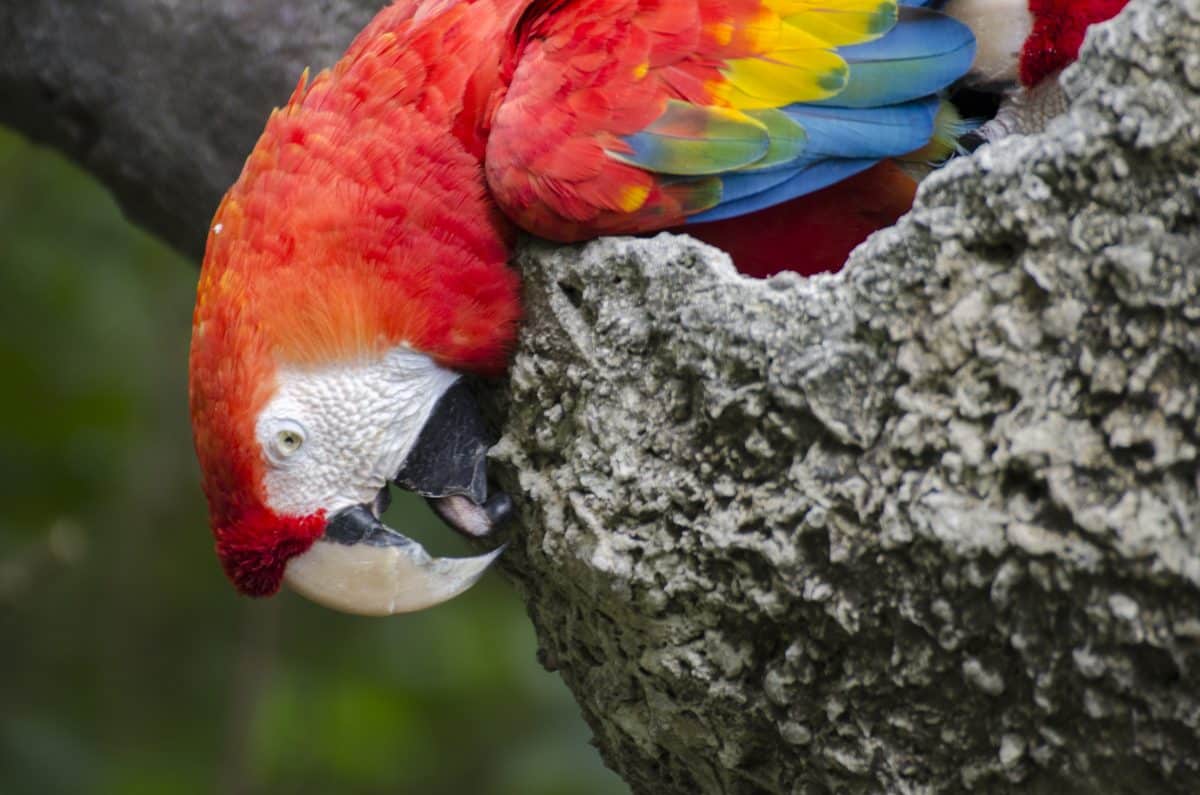

















Hello, I’m Susan Tjernlund and I was writing an email and not sure it sent or if I deleted it! I have a small hiking group and I’m planning an outing on Sept 30, Tuesday, and would like to find out about your trails and if your restaurant is open and how many you could serve. We can bring our own lunch, because we may have around 30 people, as we’re renting a bus for the day and are inviting our family’s and friends to join us. Mainly I would love to show the group your beautiful hostel and hummingbirds. I was there many years ago! So if there’s a short hike or I noticed there was one that went up to 1,300 feet, we can see what would suit the time we have. We’re going to Ponderosa Falls first, then can stop by, maybe between noon and 1pm. Also, maybe you could advise me if I need to contact the Park for our group to visit as I heard they don’t allow too many people at a time.
Thank you so much.
Hello, I’m Susan Tjernlund from Vilcabamba and I have a small hiking group and am planning an outing to visit Zamora on Sept 30th. I was there many years ago and it was fantastic with all the hummingbirds. It seems there was a short loop I walked, and would like to find out the different hikes and the mileage in case we can work them in. We plan to go to Ponderosa Cascada first, so I’d like to know what might be fun to do at your place. Are you set up to offer meals? We don’t know if it will be 20 or 30 of us. We’re renting a bus for the day which holds up to 45, so we’re sharing the information with friends, so maybe have a larger group. People can bring their own lunch, as I know it would be a big group to feed! Is there a cost to hiking your trails?
Thank you so much for your reply!
hola angie.. i have read so many of your blogs and always so helpful. we have visited many places you recommend. have you ever stayed in angochagua parroquia at any homestay villages? we are trying to find out how to contact people to make reservations and to see what each village has to offer…especially chilco that makes different breads..??? i have searched the internet and see videos and info on the area, but nowhere can i find a direct website to make a reservation. any help??? muchisimas gracias…for ALL your recommendations in ecuador.,,, judieapple@yahoo.com
Hi Judie, I wanted to let you know that I have sent you a private reply via email. And to thank you so very much for leaving a comment. I am gratified to hear that you appreciate the blog posts and have found them helpful. It means a lot to us! If you would like to sign up for our email newsletter, please do (the link is under this comment section)! We are about to enter a new stage in our development that includes working with local partners to sell tours and experiences. I would love for you to be one of the first to hear when we are ready to hit go!